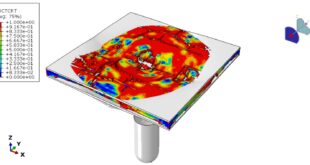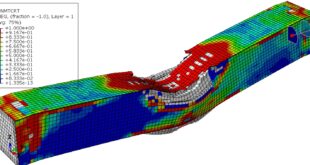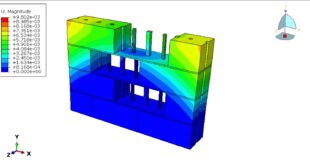In this tutorial, the Simulation bending test of the steel-concrete composite beam in SRC structures considering bond-slip behavior in Abaqus has been investigated. The steel-concrete composite beam is modeled as a three-dimensional solid part. The steel reinforcements are modeled as the wire parts. You can see a figure of the assembled parts below
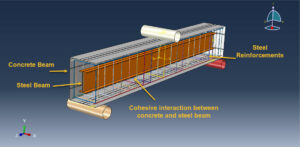
Steel-reinforced concrete (SRC), which consists of a steel section (e.g. H-steel section) embedded in the reinforced concrete, is one of the important steel-concrete composite structural forms. In the last few decades, with attractive benefits and features such as lightweight, high strength, and high stiffness, SRC structures have been widely used both in building construction and bridge engineering. A key issue of the composite structure is to guarantee that the interfacial shear force between two different materials can be effectively transmitted. For composite plate girders and box girders, due to the weak bond strength at the steel-concrete interface, the interfacial connections between the concrete deck and the steel beam are generally achieved by mechanical shear connectors such as studs and perfobond connectors, while in SRC structures, the composite action at the steel-concrete interface could be ensured by natural bond resistance, including chemical adhesion, mechanical interlocking, and friction. The natural bond possesses the advantage of avoiding the stress concentration caused by metal connectors while reducing the number of shear connectors as well as construction costs
In this study, the nonlinear finite element analysis (FEA) program ABAQUS was used to simulate the bending test. The cohesive property and interaction behavior are used to define the proper contact between the steel and concrete beam. All constraints and boundaries are assigned to the model. The mesh should be fine to obtain the correct results
After the simulation, all results like cohesive damage, failure, tension, and compression damage, stress, strain, and others are available. You can see some figures for the results below
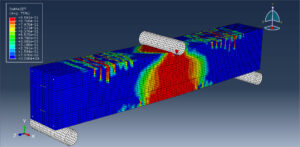
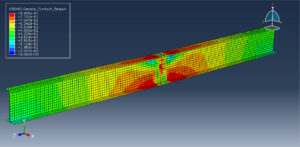
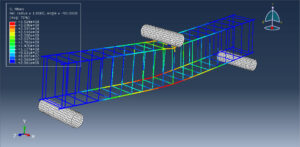
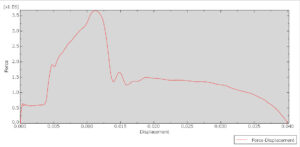
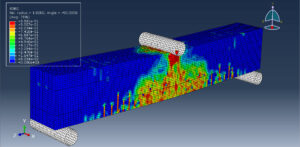
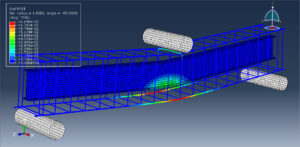
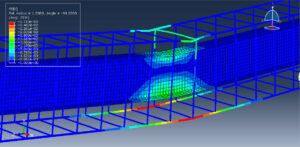
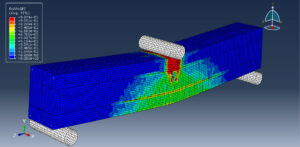
 Abaqus tutorials Abaqus tutorials
Abaqus tutorials Abaqus tutorials
